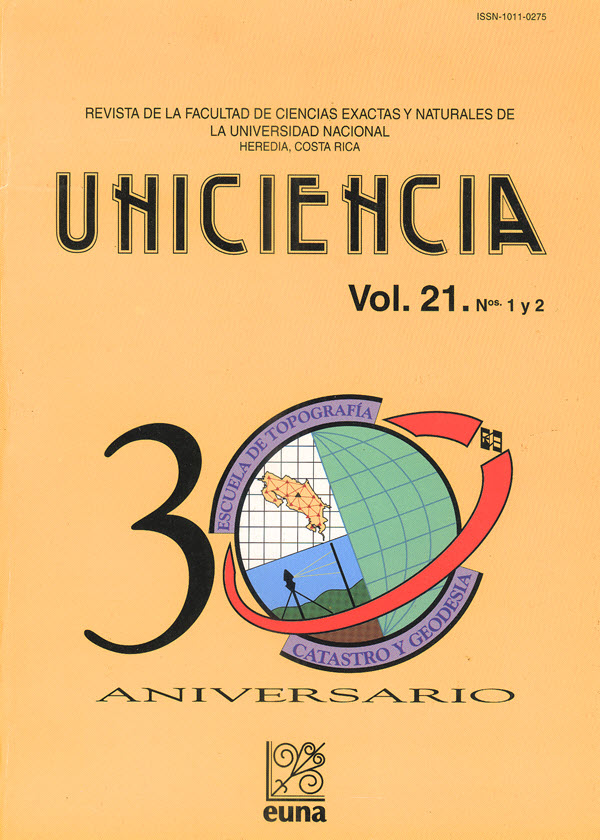GPS: El sistema de posicionamiento global (ING)
Keywords:
GPS, global positioning, navigation, relative, positioning, absolute positioning.Abstract
Nowadays, the Global Positioning Sytem (GPS) has become an invaluable tool for positioning of points on the Earth surface. The intention of this article is to provide the reader with a description of the GPS, and also an introduction to the computation of coordinates to be used in navigation, surveying and geodesy. The main characteristics of the systems are described, as well as the basic principles for the determination of coordinates in absolute and relative modes.
References
-
Downloads
Published
How to Cite
Issue
Section
License
Authors who publish with this journal agree to the following terms:
1. Authors guarantee the journal the right to be the first publication of the work as licensed under a Creative Commons Attribution License that allows others to share the work with an acknowledgment of the work's authorship and initial publication in this journal.
2. Authors can set separate additional agreements for non-exclusive distribution of the version of the work published in the journal (eg, place it in an institutional repository or publish it in a book), with an acknowledgment of its initial publication in this journal.
3. The authors have declared to hold all permissions to use the resources they provided in the paper (images, tables, among others) and assume full responsibility for damages to third parties.
4. The opinions expressed in the paper are the exclusive responsibility of the authors and do not necessarily represent the opinion of the editors or the Universidad Nacional.
Uniciencia Journal and all its productions are under Creative Commons Atribución-NoComercial-SinDerivadas 4.0 Unported.
There is neither fee for access nor Article Processing Charge (APC)






